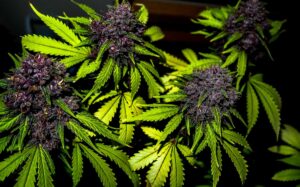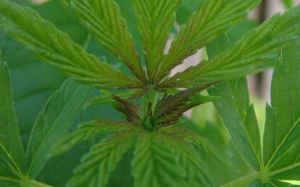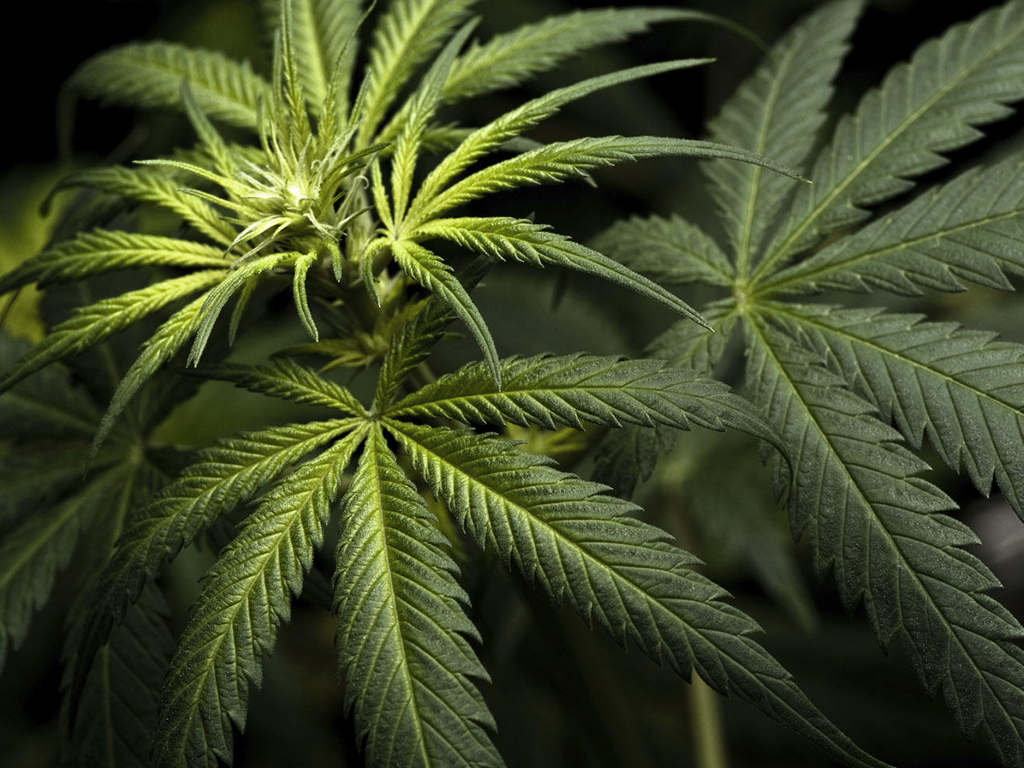Uncategorized
The Marvels of Lesser-Known Cannabis Chemicals
Step into the clandestine world of cannabis chemistry, where hidden treasures beyond the commonly known compounds await exploration. In this journey, we unravel the mysteries of lesser-known cannabis chemical, each with its unique role and potential benefits. Let’s dive into the depths of the plant’s chemical composition and discover the wonders that often linger in the shadows.
Cannabinol (CBN): The Sleeper Hit of Cannabis

An emerging star in the constellation of cannabinoids. Often regarded as the “Sleeper Hit of Cannabis,” CBN has recently gained attention for its potential sedative properties, showcasing a distinctive facet of the cannabis chemical landscape. Originating from the degradation of THC (tetrahydrocannabinol), CBN carries a unique profile that distinguishes it from its more well-known counterparts. While its presence in cannabis is usually minimal, aged or improperly stored cannabis can see an increase in CBN levels. This cannabinoid is thought to interact with the endocannabinoid system in a way that may contribute to relaxation and potential sleep-inducing effects. As we explore the nuances of CBN, we unravel a lesser-known dimension of cannabis chemistry, adding depth to our understanding of the plant’s diverse chemical constituents.
Myrcene: The Fragrant Terpene with Potential Healing Powers
Myrcene, a fascinating cannabis chemical, is a terpene that not only contributes to the captivating aromas of various cannabis strains but also holds the promise of potential healing powers. Known for its earthy, musky scent with a hint of fruity undertones, myrcene is abundant in cannabis and plays a crucial role in shaping the overall user experience. Beyond being a sensory delight, recent studies suggest that myrcene might possess therapeutic benefits, including anti-inflammatory and relaxing properties. This terpene is believed to enhance the infamous “entourage effect,” where cannabinoids and terpenes work synergistically to amplify the plant’s therapeutic potential. As we delve into the world of myrcene, we uncover its presence in strains ranging from Indica to sativa, showcasing its versatility in the diverse spectrum of cannabis offerings. From its aromatic allure to potential healing powers, myrcene emerges as a noteworthy player in the intricate tapestry of cannabis chemistry.
Cannabigerol (CBG): The Rising Star in Cannabinoid Exploration

Step into the fascinating realm of cannabinoid exploration with a focus on Cannabigerol (CBG), a rising star in the expansive landscape of Cannabis Chemical wonders. While THC and CBD often take the spotlight, CBG emerges as a lesser-known yet profoundly significant compound within the cannabis plant. This cannabinoid is capturing attention for its potential therapeutic properties, particularly in the realms of anti-inflammation and neuroprotection. CBG, often referred to as the “mother cannabinoid,” serves as a precursor to the more familiar THC and CBD. As we delve into the journey of CBG, we unravel its molecular intricacies and the unique pathways it navigates within the cannabis plant. From its initial discovery to the forefront of cannabinoid research, CBG is establishing itself as a key player in the intricate symphony of cannabis compounds. This exploration sheds light on the dynamic nature of Cannabis Chemical constituents and underscores the continuous unraveling of the plant’s therapeutic potential.
Limonene: The Zesty Terpene with Uplifting Potential
Limonene, a terpene known for its zesty and citrusy aroma, adds a delightful twist to the cannabis experience. Found not only in cannabis but also in citrus fruits like lime and lemon, limonene introduces a burst of freshness to the sensory profile of certain strains. This lesser-known terpene doesn’t just contribute to the fragrance; it also holds the potential for mood elevation and stress relief. Limonene’s presence in cannabis aligns with the entourage effect, where various compounds work synergistically to enhance therapeutic benefits. As you inhale the citrus-infused vapor, limonene engages with your body’s receptors, potentially offering a lift in mood and alleviating stress. The aromatic charm of limonene extends beyond its olfactory appeal, opening a flavorful dimension in cannabis strains. So, next time you savor a strain with prominent limonene content, relish in the citrus symphony that accompanies potential mood-boosting and stress-relieving qualities, creating a uniquely refreshing cannabis experience.
Tetrahydrocannabivarin (THCV): The Weight-Loss Cannabinoid

Tetrahydrocannabivarin (THCV) emerges as a fascinating and lesser-known cannabinoid within the complex spectrum of cannabis compounds. Unlike its well-known counterpart THC, THCV offers a unique profile, showcasing potential effects on appetite and metabolism. Preliminary research suggests that THCV might act as an appetite suppressant, making it a subject of interest in the realm of weight management. The intricate dance of cannabinoids within the human body involves the endocannabinoid system, where THCV interacts with receptors to influence various physiological processes. While the understanding of THCV is still in its early stages, this cannabinoid’s potential role in weight loss and metabolic regulation opens new avenues for exploration in the ever-expanding field of cannabis research. As science delves deeper into the nuanced effects of THCV, it may provide valuable insights into harnessing cannabinoids for health and wellness, offering a potential breakthrough in addressing weight-related issues with a natural and cannabis-derived approach.
Terpinolene: Aromatic Sophistication with Potential Health Perks
Terpinolene, a captivating and lesser-known terpene, steps into the spotlight, unveiling its aromatic sophistication and intriguing potential health benefits within the world of cannabis. This terpene, marked by its floral, herbal, and slightly fruity aroma, contributes to the diverse and nuanced scents found in various cannabis strains. Beyond its olfactory allure, terpinolene has piqued interest for its potential health perks. Early research suggests that this terpene may possess antioxidant and anti-inflammatory properties, making it a subject of interest for its potential therapeutic applications. Found not only in cannabis but also in a variety of plants such as lilacs, nutmeg, and cumin, terpinolene adds a layer of complexity to the cannabis experience. As we navigate the aromatic landscape of terpinolene-infused strains, we also delve into the intricate interactions between this terpene and the human body, uncovering the potential health contributions that make it a noteworthy player in the realm of cannabis chemistry.
The Ensemble Effect: Harmonizing Lesser-Known Chemicals for a Comprehensive Cannabis Experience
As our exploration of cannabis chemicals unfolds, we reach the crescendo—the ensemble effect, a harmonious symphony of lesser-known compounds orchestrating a comprehensive cannabis experience. Beyond the spotlight of THC and CBD lies a spectrum of cannabinoids, terpenes, and flavonoids, each contributing its unique notes to the melody. The ensemble effect encapsulates the idea that the combined presence of these compounds, even in subtle quantities, creates a synergistic dance within the body’s endocannabinoid system. Cannabinoids, such as CBG, CBN, and THCV, interact with specific receptors, enhancing or modulating the effects of the primary players, THC and CBD. Terpenes, the aromatic oils responsible for cannabis’s distinctive scents, not only contribute to the flavor profile but also influence the overall experience through their interactions with cannabinoids. Flavonoids add another layer, bringing their antioxidant and anti-inflammatory properties to the mix. Together, this ensemble effect showcases the complexity of cannabis, offering users a nuanced and multi-faceted encounter that extends beyond the sum of its parts. Understanding the interplay of these lesser-known chemicals allows enthusiasts to curate an experience that resonates with their individual preferences, preferences, and therapeutic goals, unlocking the full potential of the cannabis plant.


